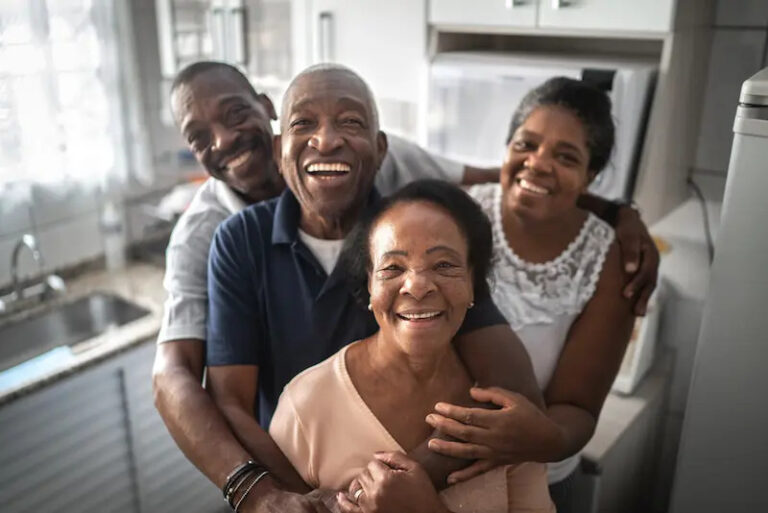Positive Relationships Can Boost Your Immune System, Seriously.
In today’s fast-paced world, it’s easy to overlook the profound impact of human connections. From a heartfelt conversation with a close friend to the silent understanding exchanged between life partners, our relationships play an integral role in shaping our lives. But did you know that these positive connections can also have tangible health benefits improving your wellbeing and vibrant living? Research suggests that nurturing positive relationships can give your immune system a serious boost!
More than Just Emotional Support
Undoubtedly, having a solid support system provides emotional stability. When life throws curveballs, friends and family often serve as our anchor, offering solace, advice, or just a listening ear. But there’s more going on beneath the surface. The emotional comfort these relationships provide is linked with physiological responses in our body.
When we feel loved, understood, and supported, our body reacts by reducing the production of stress hormones like cortisol. Chronically high levels of cortisol have been associated with a host of health issues, including a weakened immune system. On the other hand, reduced stress levels allow our immune system to function optimally, fighting off illnesses more effectively.
The Science Behind the Connection
Several studies have delved into the relationship between social connections and immune function. One notable study found that individuals with strong social ties were less susceptible to the common cold. Another research piece indicated that students with positive social networks had better immune responses to certain vaccines.
The exact mechanisms remain a topic of ongoing research. Still, many experts believe that positive social interactions increase the production of beneficial chemicals in the brain. These chemicals can enhance the body’s defense mechanisms. Additionally, positive relationships often encourage healthy behaviors – like maintaining a balanced diet, exercising, or getting adequate sleep – all of which contribute to a robust immune system.
In an era dominated by digital interactions, it’s crucial to remember the significance of genuine, positive relationships. They not only enrich our lives emotionally but also fortify our physical health. So, the next time you share a laugh with a friend or enjoy a heart-to-heart with a family member, remember – you’re doing your immune system the biggest favor!











